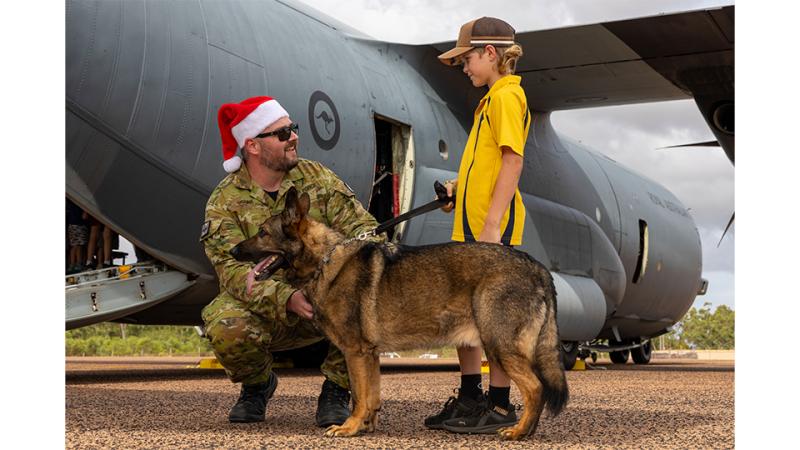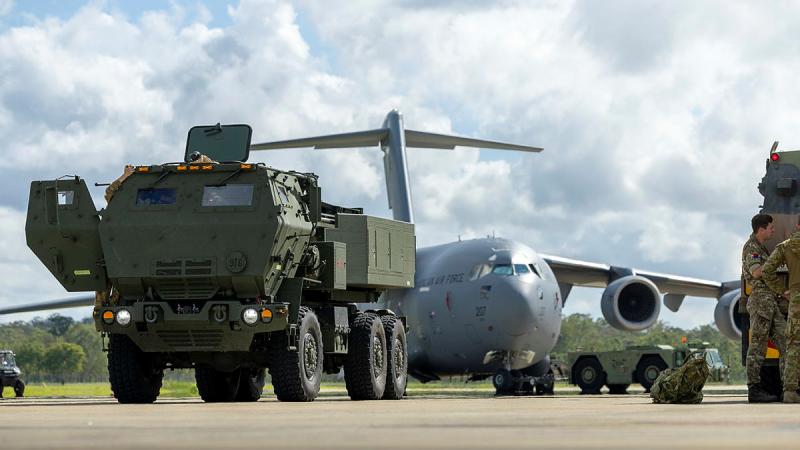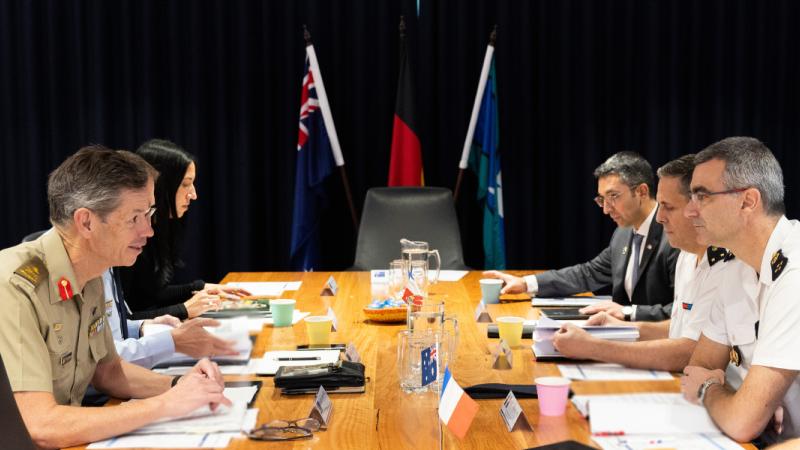11 August 2025
Artificial intelligence (AI) has flown aboard a Royal Australian Air Force P-8A Poseidon aircraft for the first time, marking a significant leap forward in airborne capability and multinational defence cooperation during Exercise Talisman Sabre 2025.
The historic flight involved AI assisting aircrew in real time by analysing data and providing faster decision-making support in a complex operational environment.
The rapid development and implementation of an AI system on to the P-8A Poseidon was the result of a ground-breaking collaboration between Australia, the United Kingdom and the United States under AUKUS Pillar II.
Wing Commander Kate Conroy, also known as 'Skatey', is the Responsible AI Lead from Jericho Disruptive Innovation.
During the flight at Talisman Sabre 2025, the AI operated live within the aircraft’s systems, according to Wing Commander Conroy, demonstrating how AI can enhance mission effectiveness.
“The AI adds value when the crew need it, and helps them make faster, smarter decisions,” she said.
The AI system acts as a digital assistant to support operators, integrating data feeds and providing rapid insights to help aircrew respond to dynamic scenarios.
“AI is a helper, not a decider,” Wing Commander Conroy said.
“The P-8A operators are always in control.”
Wing Commander Conroy acknowledged the contribution of the aviators from 11 Squadron, who operate the P-8A Poseidon.
“Working with 11 Squadron has been brilliant,” she said.
“Their professionalism and deep expertise with the P-8A made integrating AI into live operations both safe and effective.”
'Under AUKUS Pillar II, our forces have pooled resources to develop several advanced AI algorithms and machine learning models.'
The AI system was developed and implemented on to the P-8A Poseidon at Talisman Sabre 2025.
This was through the combined efforts of the Royal Australian Navy, Defence Science and Technology Group, the Defence Artificial Intelligence Centre, Capability Acquisition and Sustainment Group, the Royal Australian Air Force as well as partner nations, the United States and the United Kingdom, as part of the AUKUS Pillar II Undersea Warfare Stream (UWS).
Military Australian Lead for the AUKUS Pillar II UWS AI and Machine Learning project, Captain Adam Allica, said the initiative was a product of close cooperation.
“Under AUKUS Pillar II, our forces have pooled resources to develop several advanced AI algorithms and machine learning models,” Captain Allica said.
“These models are designed to collect, analyse and classify undersea data, allowing our warfighters to locate and identify adversaries more quickly than human operators could alone.”
After accelerated development of the AI system, led by the Navy Maritime Integrated Capabilities Branch, those AI models were exercised in a live operational setting at Talisman Sabre.
This built on recent testing on US Navy Exercise Black Widow in March 2025.
“We tested new iterations of these algorithms against each other during the exercise,” Australian Country Project Lead, Michael Moore, explained.
The iterative testing has further enhanced P-8A asymmetric advantage and proved the value of collaborative innovation.
“It’s a powerful demonstration of what’s possible when we harness the best data and expertise from across the AUKUS partnership,” Dr Moore said.
Dr Moore acknowledged the combined effort that led to the successful demonstration.
“This milestone was only achieved through extraordinary teamwork,” he said
“It’s a shining example of innovation through inclusion.”


